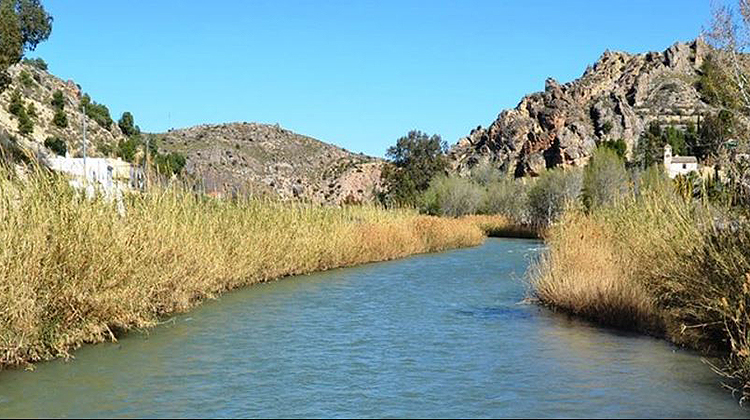EC-report: Main improvement WFD is better reporting

-
 Editorial Team
Editorial Team
Share article:
The latest six-yearly report of the European Commission on the Water Framework Directive (WFD) and the Flood Directive (FD) was presented the 26th of February. Compared to the previous reporting cycle this report finds significant improvements in knowledge and reporting on the Water Framework Directive. More Member States reported in a timely manner, with more comprehensive, relevant and reliable information.
In the summer of 2018 the European Environment Agency (EEA) reported only 40% of the surface waters meet the required quality standards. The European Commission now states rapid improvements are needed to comply to the European Directive. The path towards full compliance with the objectives of EU water legislation before the final 2027 deadline is very challenging. Reporting shows that, although further measures will be taken until 2021, many others will be needed beyond 2021. Various EU funds will continue to support these implementation efforts.
Extra efforts needed
Karmenu Vella, Commissioner for Environment, Maritime Affairs and Fisheries, said: “EU water law is a considerable success, reversing a long-standing trend of decline. But there is still much to do – most of Europe’s 130 000 water bodies are falling short of the high standards we need. I am calling on Member States to step up their efforts and ensure we deliver the quality that citizens need and nature requires, as soon as possible.”
Problems
Especially problems remain throughout the EU with chemical pollution, over-abstraction of water, in particular for agriculture, and thousands of obstacles hindering the natural flow for rivers, with negative consequences for water quality. The European Commission now presented a report with advises for improvement for every individual Member State.
Flood risk
The report is also focusing on the first cycle of Flood Risk Management Plans. Reducing the risks of significant flooding will also require greater efforts from Member States in subsequent cycles. After a series of serious flood events, the EU adopted the Floods Directive requiring Member States to identify and map areas that are prone to flooding, and develop plans to minimise risk and potential damage through Flood Risk Management Plans.

















